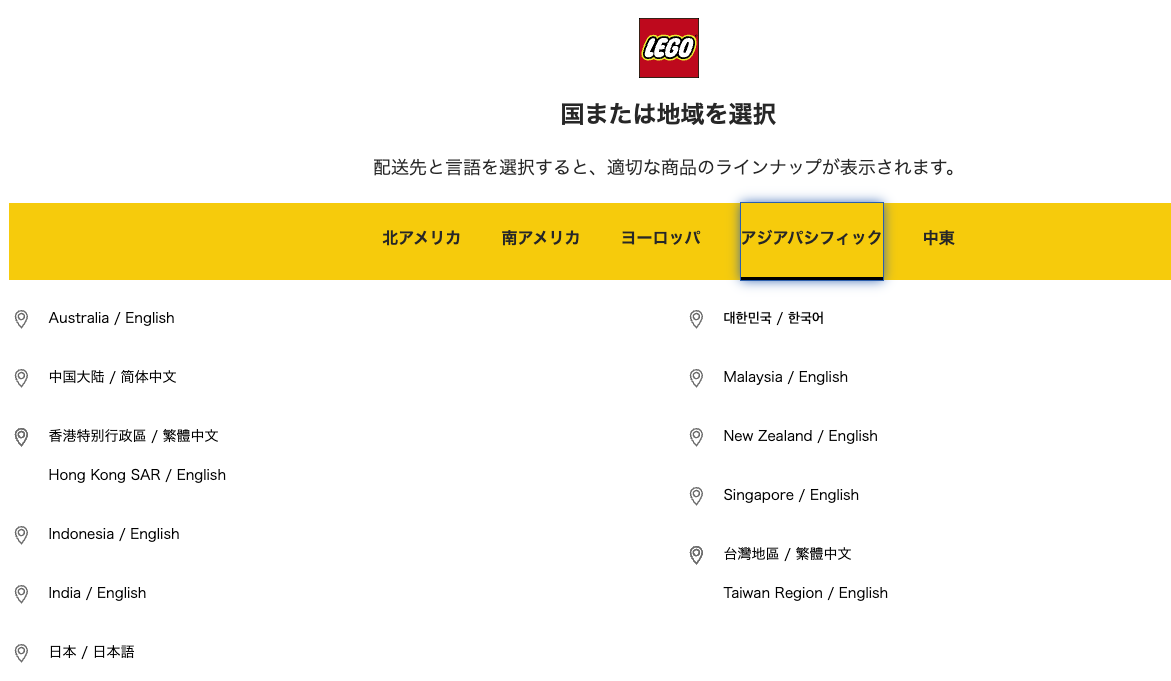The Problem 🔗
Visiting websites online has made life very easy and convenient. Especially for those that no longer desire to waste time stuck in traffic or shopping for a parking space before the actual shopping experience even starts.
Imagine that you are visiting a website while traveling to another country. The website has a presence in your home country and language, but as it detects you are in a different country, it forces you to the website of the other region. Unfortunately, they won’t allow you to simply switch back to your home country so you can read it comfortably. And, it gets worse when you want to order something to arrive in the country you’re traveling. The website design apparently demands that you speak/read the language of the country you are visiting. This is a huge problem if you haven’t studied Chinese while visiting China. Or, Japanese while in Japan.
Why do websites restrict language to a region? This is a terrible design! I find this absurd as it doesn’t matter what country you are visiting/living, it’s only your language that matters.
Purpose of Technology 🔗
Over the past twenty years of building and maintaining various applications and websites, I have developed a set of ideals of how technology should serve me. Otherwise, what is the point of technology?
- Technology should make our lives more efficient and “easier.”
- Tedious, repetitive tasks are perfect for automation.
- Tools should always leverage tech to solve problems. (Not create more…)
- Never build solutions to make life worse than if the tech didn’t exist.
- Anything that gives me more time to enjoy life is worth investing.
- Ultimately, tech must make the process/service not just easier, but painless and fast.
Language 🔗
Language is something we learn early in our lives. It serves as a bridge to connect minds and thoughts. The currency of Humans is not in “precious metals” or any other measure of value, but in communicating our thoughts.
I live in Japan but The LEGO Group has their website UI in Japanese. When selecting a language, there are zero options for English as the site knows I’m in Japan. If I wanted to order something, the UX is in a shitty Japanese UI. I bothered wasting time complaining about this to LEGO.com, but they told me to use the translation features of Google Chrome. Ha! Highly presumptuous to believe I only use Chrome. And, they assume that Google Translate works flawlessly… (It doesn’t…) Now, I could try to switch to the American website with English, but then the checkout will refuse to allow the order to ship to Japan. This is annoying! It shows the lack of creativity and abundance in narrow-minded thinking. Simply put, it’s bad language UX.

Logistics 🔗
I can understand why websites would want to offer regional websites. However, language selection should be divorced from the region detection. Not everyone is able to have the time or motivation to learn a region’s language to sufficiently navigate a website when forced to a limited subset of languages. Region and language should be independent of each other. Keep the region detection so your back-end logistics can operate without issue. But give the option for all your supported languages regardless of region.
Your customers will thank you by purchasing more regardless of where they have traveled or migrated.

